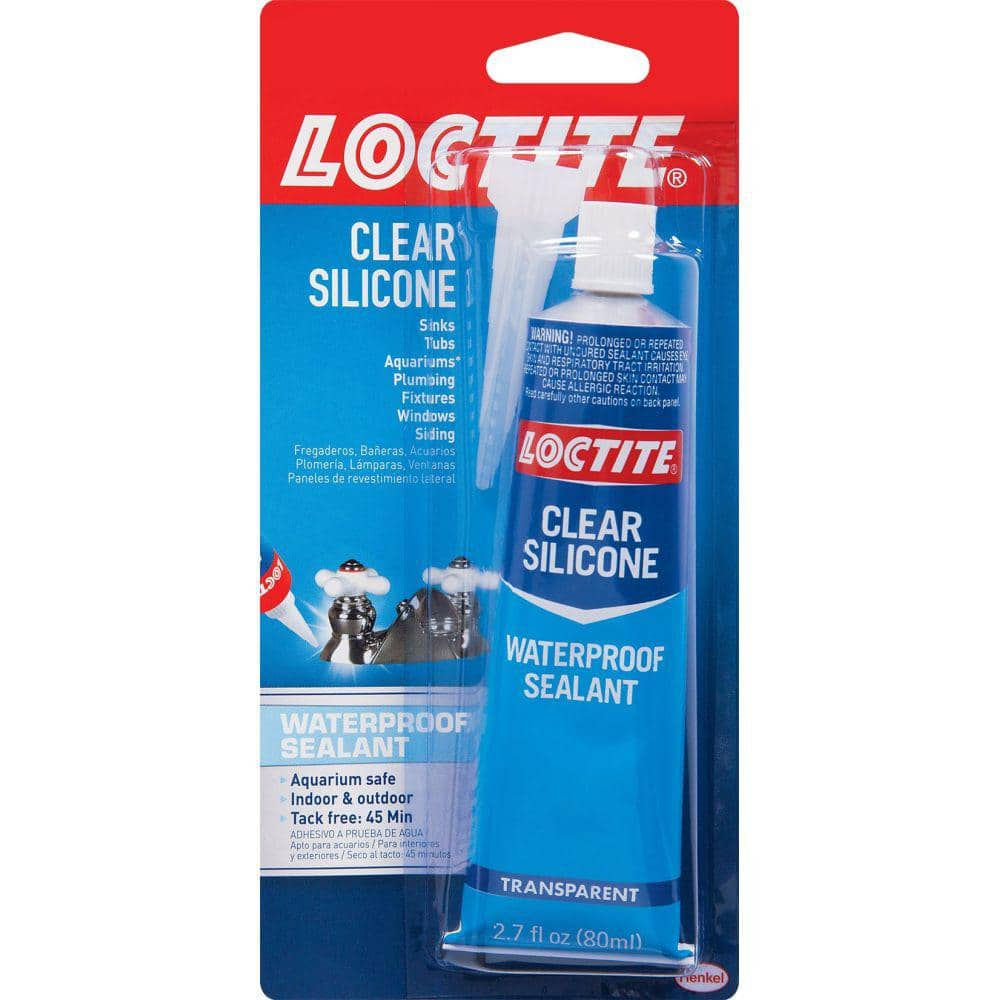SweetTrade324
Member
- Region
- USA
Wanted any help in ways to waterproof my connections and controller. I’ve read about siliconing the controller and connections After putting on dielectric grease. Liquid tape has been suggested along with electrical tape. There is also ACF50 or corrosion x. I was thinking the liquid tape or silicone but wonder how hard it would be to remove if I needed to switch or something. Thank you community!
